
Coral jewelry is a gorgeous addition to any wardrobe or accessory collection, but sometimes it’s difficult to determine what’s authentic and what’s not, leaving you wondering whether your statement piece is the real deal. Whether it’s in the form of a delicate strand necklace or a chunky bracelet, the color of coral has been widely appreciated for its vibrancy and copied frequently by costume-jewelry companies to create an inexpensive substitute.
Colors of Coral
If you’re curious to know whether your heirloom or recent birthday gift is in fact real coral as opposed to its synthetic counterpart, there are a few easy ways you can figure out the authenticity of your item. Authentic coral comes in pink, dark red and orange, and red coral is considered to be the most precious of all. Coral also exists in colors like violet, black, brown and blue, some of which are more common than you might think.
Lemon Juice and Calcium Carbonate
One way to test your coral item is to see how it reacts with acid. Pick a part of your coral jewelry that isn’t easily exposed (say the underside of a ring or inside of a bracelet) and swab it gently with lemon juice to see if tiny bubbles form on the coral’s surface. If small bubbles appear, it means that the acid from the lemon juice has reacted with the coral’s calcium carbonate, a substance that dissolves in acid. Remove the lemon juice quickly if it does begin to bubble so as not to damage the coral.
Submerge in Milk
Real coral can be tested by submerging in cow’s milk. Once submerged, if the coral is real, the milk will turn slightly pink. If the coral is not real, the milk will remain unchanged and white in color.
Test Before Purchase
Real coral can be tested using surefire methods, leaving you with more answers about your gift, heirloom or recent buy. Make sure you're paying up for the real deal (and not a cheap imitation) by testing the product before purchase.
Related Articles

How to Tell If a Silver Chain Is Real

How to Determine if a Necklace Is Real ...

How to Spot a Fake BB Simon

How to Clean Copper Bracelets

How to Tell a Real Tiffany's Necklace ...
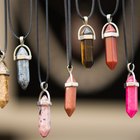
Types of Coral Jewelry
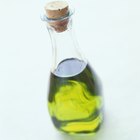
How to Polish a Dull Amber Ring
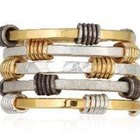
How to Clean Vermeil
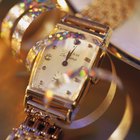
How to Clean Gold Plated Watches
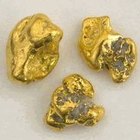
What Does Fake Gold Look Like?
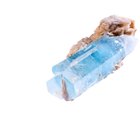
List of the Types of Semi-Precious ...

How to Clean Sterling & Turquoise ...
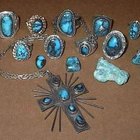
How to Clean Turquoise & Silver Jewelry

How to Get Rust off a Fake Gold Necklace

What Is the Difference in K and KT in ...

How to Remove Blue Jean Dye Stains from ...
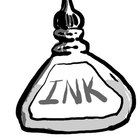
How to Make Silver Ink

19th Wedding Anniversary Gift Ideas

How to Remove Gold Plating

How to Identify a Vintage Belt Buckle
References
Writer Bio
Alexandra Early has a BA from Lake Forest College and works as "Haute Living" magazine's junior online editor. She has been writing professionally for three years and has previously worked for "Men's Fitness" magazine as a contributing editor and also as a social media editor and ghostwriter for nonprofits in CT.
Photo Credits
Hemera Technologies/PhotoObjects.net/Getty Images